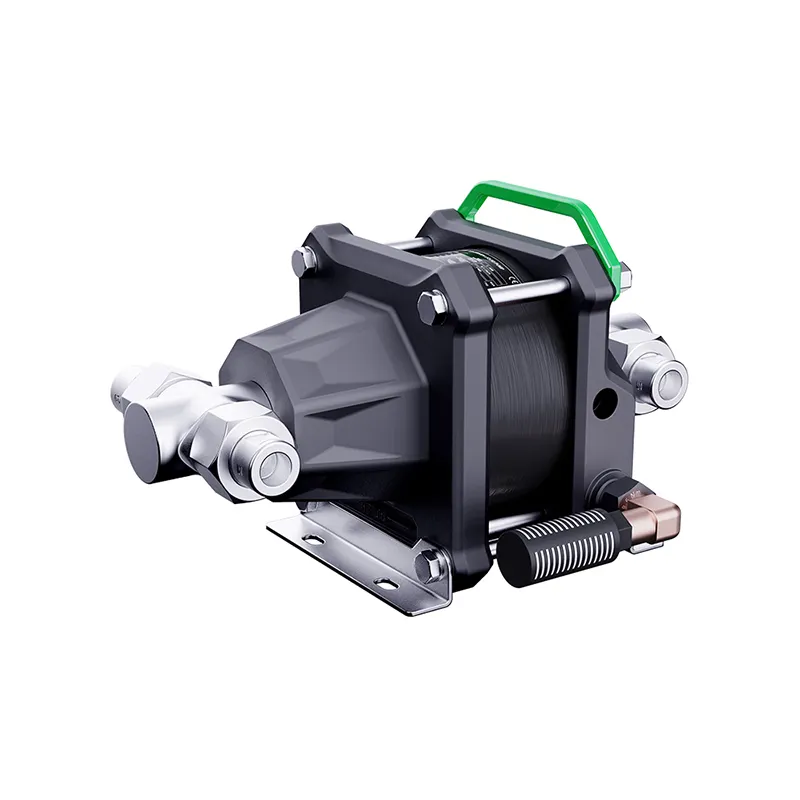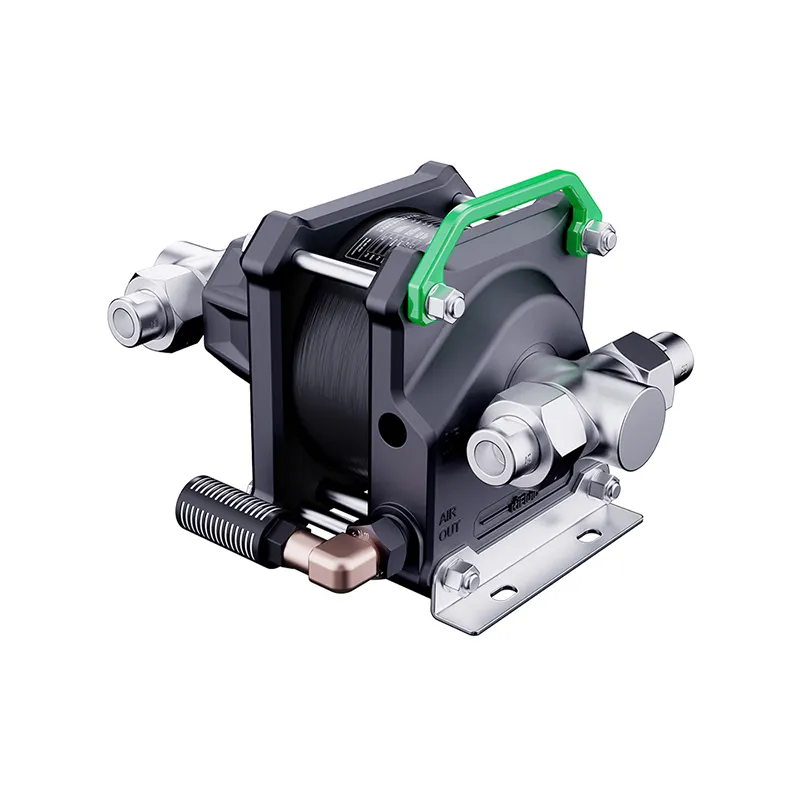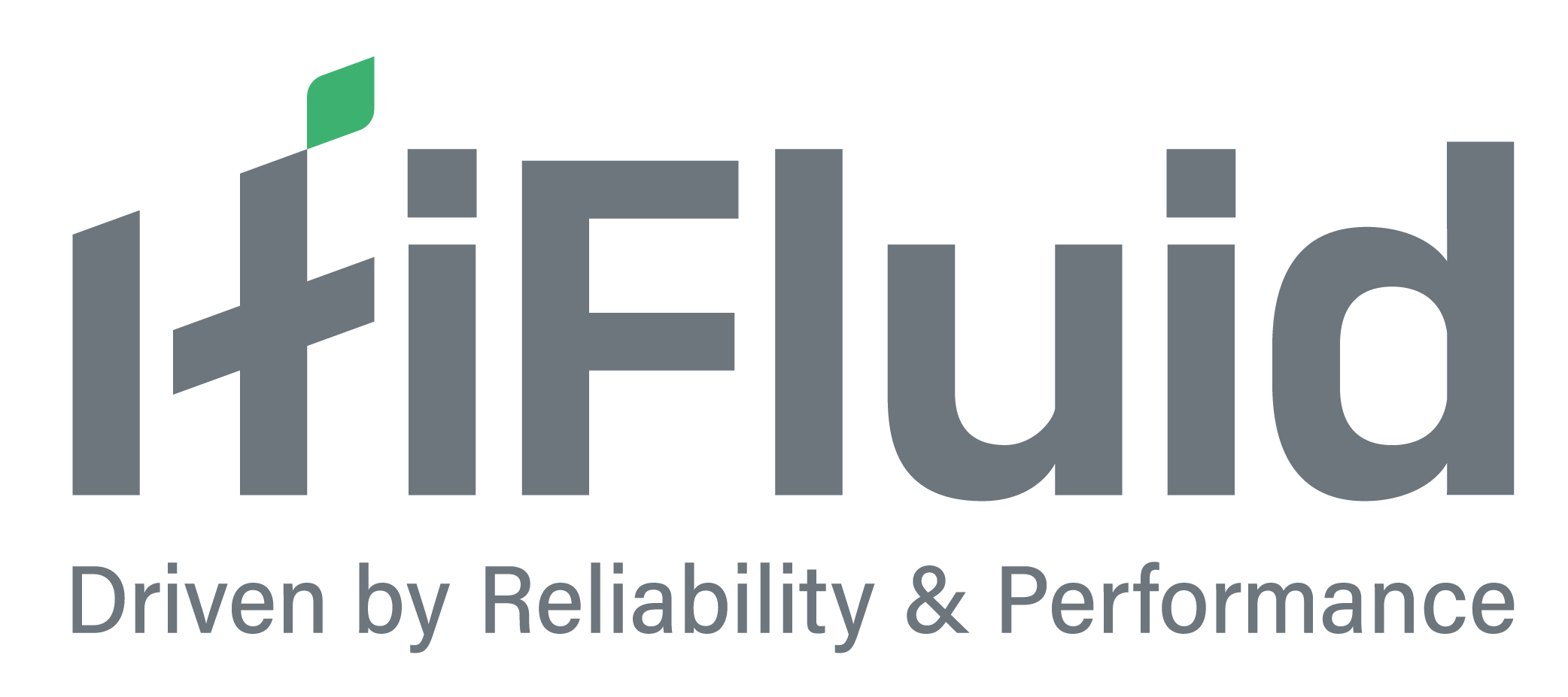How Air Driven Liquid Pumps Work in High-Pressure Systems
Basic Operational Mechanism of Air Driven Liquid Pumps
Air driven liquid pumps utilize compressed air to generate hydraulic power, offering a robust solution for high-pressure applications. The mechanism begins when air pressure drives either a diaphragm or a piston, creating motion that propels liquid through the system. This operational principle allows for efficient function even under varying pressure conditions. Unlike their electrical counterparts, air driven pumps are cost-effective and energy-saving, making them ideal for industries such as oil and gas, chemicals, and research.
Additionally, these pumps are safer for handling hazardous liquids because they use compressed air instead of electricity, reducing the risk of explosions or fire. By leveraging air-driven technology, industries benefit from improved reliability and the ability to manage extensive fluid transfer tasks efficiently. Whether used for pressure testing, fluid transfer, or emergency hydraulic sources, air driven pumps offer a versatile solution for managing high-pressure systems across various industries, demonstrating their pivotal role in modern engineering and industrial applications.
Key Components Enabling Consistent Pressure Output
The consistent pressure output of air driven liquid pumps is enabled by key components working in harmony. Central to their functionality are elements like the air compressor, diaphragm, and check valves. Each plays a critical role in maintaining stability; for instance, check valves are instrumental in preventing any backflow, ensuring the liquid flow remains smooth and continuous.
Moreover, the design and quality of these components directly influence the pump's reliability and efficiency. High-quality diaphragms and precisely crafted check valves are critical in maintaining pressure consistency. In complex industrial environments, even minor component failures can disrupt operations, emphasizing the need for robust and reliable parts. As these pumps are employed in diverse sectors, from defense to chemical manufacturing, prioritizing the integrity and synchronization of their components is crucial for streamlined, high-pressure operations. Such reliability ensures that high-pressure systems function optimally without interruption, highlighting the importance of maintaining the quality of these essential components for overall efficiency.
Core Applications of Air Driven Liquid Pumps
Oil & Gas: Pipeline Testing and Chemical Injection
Air driven liquid pumps play a crucial role in the oil and gas industry, especially for pipeline testing. Their ability to maintain high-pressure outputs makes them ideal for ensuring the integrity of pipelines before use, providing a reliable solution for pressure testing. Additionally, these pumps are employed for chemical injection, offering precision in delivering necessary chemicals into pipelines—a vital function in both upstream and downstream operations. Industry standards frequently highlight these pumps for their dependability in hostile environments, ensuring operations run smoothly even under challenging conditions.
Fire Safety: CO2 Refilling and Extinguisher Maintenance
In the realm of fire safety, air driven liquid pumps are indispensable for CO2 refilling and the maintenance of fire extinguishers. They ensure that fire suppression systems remain operational and are always ready to tackle emergencies. By providing a consistent pressure source, these pumps contribute significantly to the functionality and efficiency of fire safety equipment. Their usage helps in strict adherence to safety regulations, ensuring that all fire suppression systems are maintained in peak condition. Regular use of these pumps is crucial for sustaining effective performance throughout the lifecycle of fire safety equipment.
Hazardous Material Handling in Industrial Manufacturing
Air driven liquid pumps are invaluable in industrial manufacturing for handling hazardous materials. Designed to contain and transfer chemicals safely, these pumps minimize exposure risks, providing reliable solutions for industries dealing with potentially dangerous substances. They enhance safety by ensuring secure containment and transfer processes, adhering to strict environmental regulations. These pumps help maintain compliance, support safety standards, and protect workers and the surrounding environment from potential chemical exposure. Their role in hazardous material handling underscores their importance in industrial applications, where safety and precision are paramount.
By exploring these core applications, we witness the versatility and critical importance of air driven liquid pumps across various sectors, from oil and gas to fire safety and industrial manufacturing. Their ability to maintain high pressure and operate reliably in demanding environments makes them an essential component in ensuring safety, efficiency, and compliance.

Advantages of Air Driven Pumps Over Electric Alternatives
Energy Efficiency and Reduced Operational Costs
Air driven pumps are renowned for their impressive energy efficiency and the potential to significantly mitigate operational costs. These pumps typically leverage compressed air, minimizing the energy losses often associated with traditional electric pumps. Their design allows for streamlined energy consumption, presenting a cost-effective solution ideally suited for long-term applications where sustainability is crucial. According to various industry studies, organizations utilizing air driven pumps have reported saving up to 30% on their energy bills compared to those relying on electric alternatives. This represents a substantial advantage in reducing both environmental impact and financial expenditures over time.
Safety Benefits in Explosive or Corrosive Environments
In settings where safety is paramount, particularly in explosive or corrosive environments, the benefits of air driven pumps are clear. Unlike electric pumps, air driven models do not produce electrical sparks, eliminating a primary risk factor in potentially volatile scenarios. This inherent safety feature makes them ideal for managing flammable or corrosive substances, thereby ensuring operational integrity and worker safety. Industry guidelines frequently recommend these pumps for use in sensitive areas to uphold stringent safety protocols. By incorporating air driven pumps into such environments, companies can effectively mitigate the risks associated with electrical failures while maintaining high safety standards.
Critical Factors for Pump Selection and Optimization
Pressure Ratios and Flow Rate Requirements
When it comes to selecting the right pump, understanding pressure ratios and flow rate requirements is essential. By closely examining these parameters, one can ensure that the pump specifications closely align with the operational needs, resulting in optimal performance. This approach not only enhances efficiency but also prevents the problems that arise from using pumps that don't meet specific job requirements. Manufacturers often provide detailed data, which can serve as a critical guide in choosing the best pump for particular applications. This data-driven approach can elevate both the cost-effectiveness and functionality of the pumping system.
Material Compatibility for Chemical or Hydraulic Fluids
Material compatibility plays a crucial role in preventing corrosion and damage within pump components. Effectively matching pump materials with the fluids being handled can prolong the pump's life and significantly reduce maintenance costs. To achieve this, consulting chemical compatibility charts is an advisable step, as it helps in selecting the most suitable construction materials. This consideration is especially significant for pumps used in chemical or hydraulic applications, where the interaction between pump materials and the medium can impact performance and safety. By ensuring compatibility, companies can not only avoid unscheduled downtimes but also enhance the reliability and efficiency of their operations over time.
Ensuring Reliability Through Maintenance Best Practices
Routine Inspection and Seal Replacement
Routine inspections are essential for maintaining the reliability of air-driven liquid pumps. These inspections help identify potential issues such as wear and tear or damage that could escalate if left unattended. Among the maintenance practices, seal replacement plays a crucial role. Seals are prone to degradation due to the constant exposure to hydraulic fluids and varying pressures, and replacing them ensures the pump operates efficiently without leaks or failures. By establishing a routine maintenance schedule, we can significantly extend the longevity and efficiency of these pumps, reducing the likelihood of unexpected downtime.
Minimizing Downtime with Predictive Maintenance Strategies
Minimizing downtime is a critical objective in pump maintenance, and predictive maintenance strategies are key to achieving this goal. By employing advanced monitoring technologies, operators can track the performance of pumps in real time, detecting anomalies before they lead to failures. Predictive maintenance focuses on anticipating failures through data analysis and condition-monitoring technologies, aligning with modern industrial practices. This proactive approach not only helps in maintaining equipment but also optimizes resource utilization, fostering a more efficient and productive operational environment. Predictive strategies ensure that downtime is minimized, enhancing overall operational uptime and reducing costs in the long term.
FAQ Section
What are air driven liquid pumps?
Air driven liquid pumps utilize compressed air to move fluids in high-pressure applications, offering energy efficiency and safety benefits compared to electric pumps.
Why choose air driven pumps for hazardous materials?
They are safer as they use compressed air, eliminating the risk of electrical sparks that can cause fires, thus making them ideal for explosive or corrosive environments.
How do air driven liquid pumps contribute to energy efficiency?
By using compressed air, these pumps reduce energy losses compared to traditional pumps, resulting in lower operational costs and increased sustainability.
What maintenance practices are recommended for air driven pumps?
Routine inspections, seal replacements, and predictive maintenance strategies are crucial for ensuring the reliability and efficiency of air driven pumps.

